We may earn a commission when you purchase through affiliate links. Learn more.
A land of incomparably striking beauty, Northern Norway offers photographers a chance to capture some of the most picturesque and unspoiled scenery in the world. In this surreal wonderland where herds of reindeer are a common sight, the midnight sun brightens the night sky during summer and in the darker winter months, dazzling northern lights dance overhead on many clear nights. Although much of Northern Norway is located near or above the Arctic Circle on the same latitudes as far colder destinations like Siberia and northern Canada, the warm Gulfstream current helps to create a moderate climate during much of the year.
In this photography guide to Northern Norway, you’ll find out why this region is quickly becoming one of the most popular destinations for photography on Earth!
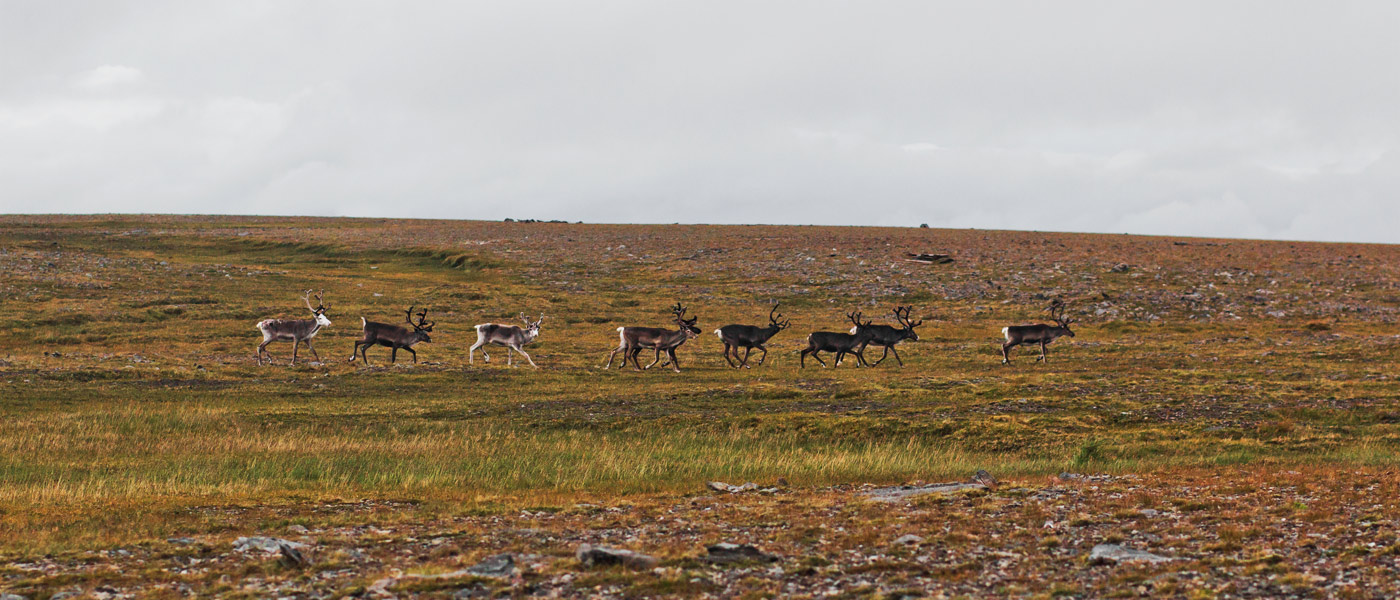
When to Visit
Midnight Sun
Photography is all about light, so what could be better than 24 hours of it? During part of the summer, the sun shines 24 hours a day above the Arctic Circle in Norway — the farther north you venture, the longer the midnight sun season lasts — more than 70 days at the North Cape.
- Midnight Sun at the Arctic Circle: June 12th — July 1st
- Midnight Sun in Bodø: June 4th — July 8th
- Midnight Sun in Tromsø: May 20th — July 22nd
- Midnight Sun in Hammerfest: May 16th — July 27th
- Midnight Sun at the North Cape: May 14th — July 29th
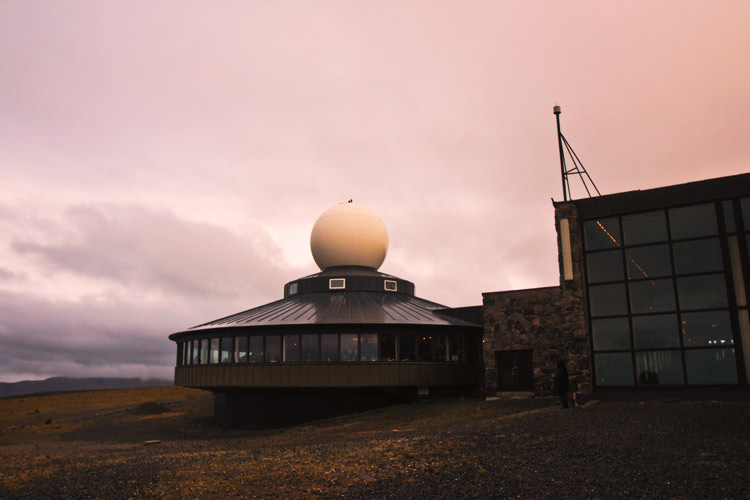
Polar Night
In many areas above the Arctic Circle in Northern Norway, when the sun sets sometime in November, it doesn’t rise again until January. Although weeks of darkness sounds daunting to those who aren’t used to an absent sun, there is plenty to do and photograph in Northern Norway even when the sun isn’t up. When the skies are clear, the Aurora Borealis often creates stunning light shows in the dark sky.
- Polar Night in Tromsø: November 27th — January 15th
- Polar Night in Alta: November 26th — January 16th
- Polar Night in Hammerfest: November 22nd — January 20th
- Polar at the North Cape: November 20th — January 22nd
Northern Lights
Caused by solar wind reaching the Earth’s atmosphere, the lights appear in the sky, often changing shape as they “dance”. When the long days of summer come to an end and the nights grow longer in the late fall, winter, and early spring the Northern Lights can appear on clear nights high in the sky.
The appearance of the Northern Lights is completely dependent upon solar activity, but September & October and February & March are often considered some of the best months to see the aurora. During these months the sun still rises, providing a more balanced experience that allows photographers to hopefully capture Norway’s beauty during both the day and night.
Whales
On the bucket-list of many nature photographers, several species of whales transit the rich waters around Northern Norway, and from mid-May through mid-September you can join a whale watching safari to get up close to these huge marine mammals.
Sperm whales, minke whales, humpback whales, pilot whales, and orca whales are some of the whales that might be seen, and many of the whale watching safari companies are so confident in your chances of getting to see a whale that they offer a guarantee — if you don’t spot a whale during your trip, you can get a refund or book another trip at no cost.

Photograph Northern Norway aboard a Hurtigruten Ship
There are many ways to explore Northern Norway, all of them offering a slightly different experience — those who want to witness the unrivalled beauty of the coastline will find few options that offer a view like what you’ll find aboard a Hurtigruten ship. Voyaging along the Norwegian coast since 1893, the Hurtigruten ships originally helped to link small coastal towns in remote regions with the rest of the country, bringing food and supplies and establishing a reliable route of commerce.
Today, the 11 Hurtigruten ships sailing Norway’s coast are still important to the cities and towns they visit, but now they perform a double duty of carrying sightseers along 1,500 miles of rugged, fjord-lined coast from Bergen in the south all the way to Kirkenes in the Arctic north. Daily departures from Bergen along with 34 ports of call in some incredibly scenic destinations like Bodø, Ørnes, Sortland, and many others make such a trip a great opportunity for photographers to see as much of Northern Norway as possible in a relatively short time — the voyage from Bergen to Kirkenes takes five days.
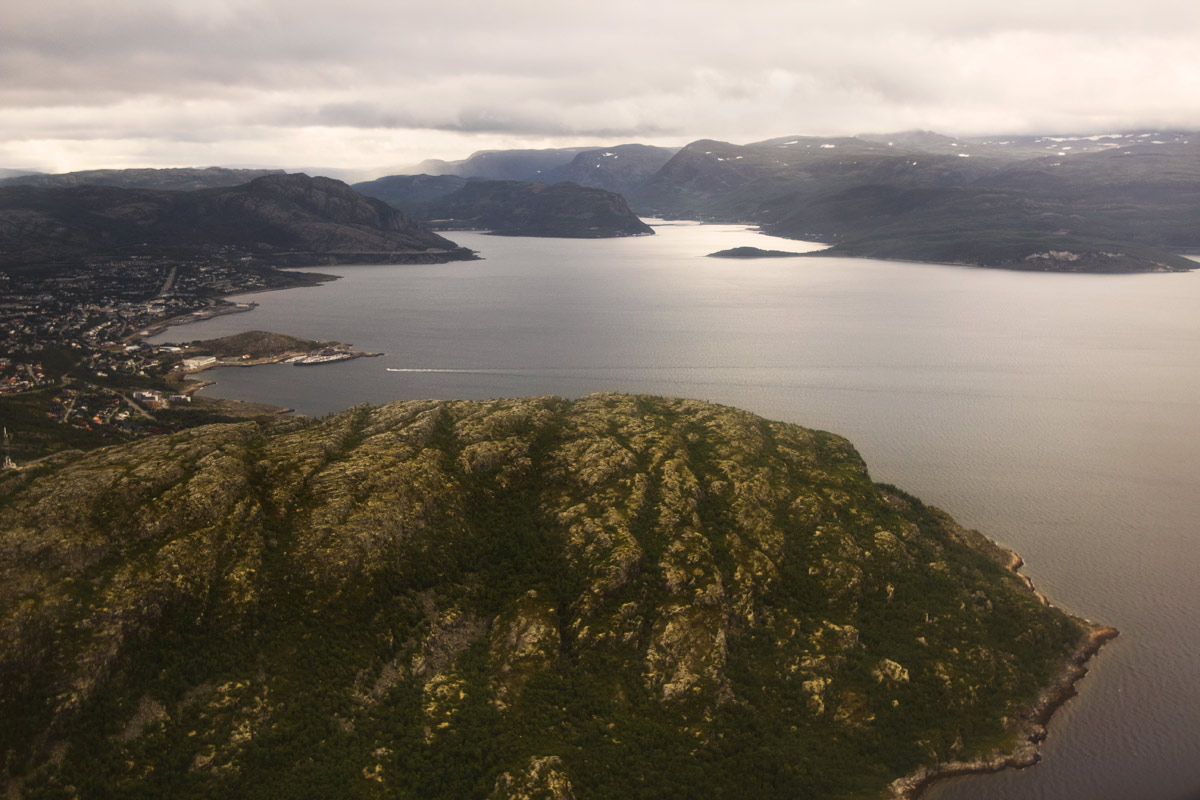
Where to Go & What to Photograph
Northern Norway is made up of three large counties — Finnmark, Troms, and Nordland. Finnmark, Troms, and about half of Nordland are located above the Arctic Circle, placing this region on the same latitudes as northern Canada, Alaska, Greenland, and Siberia, although much of Northern Norway’s climate seldom reaches the low temperature extremes found in these other Arctic lands.
While spectacular fjords and dancing northern lights immediately come to mind when most photographers think of Northern Norway, this region offers far more including a rich native culture and numerous species of wildlife including Arctic fox, moose, reindeer, puffins, wolverine, and Eurasian lynx.
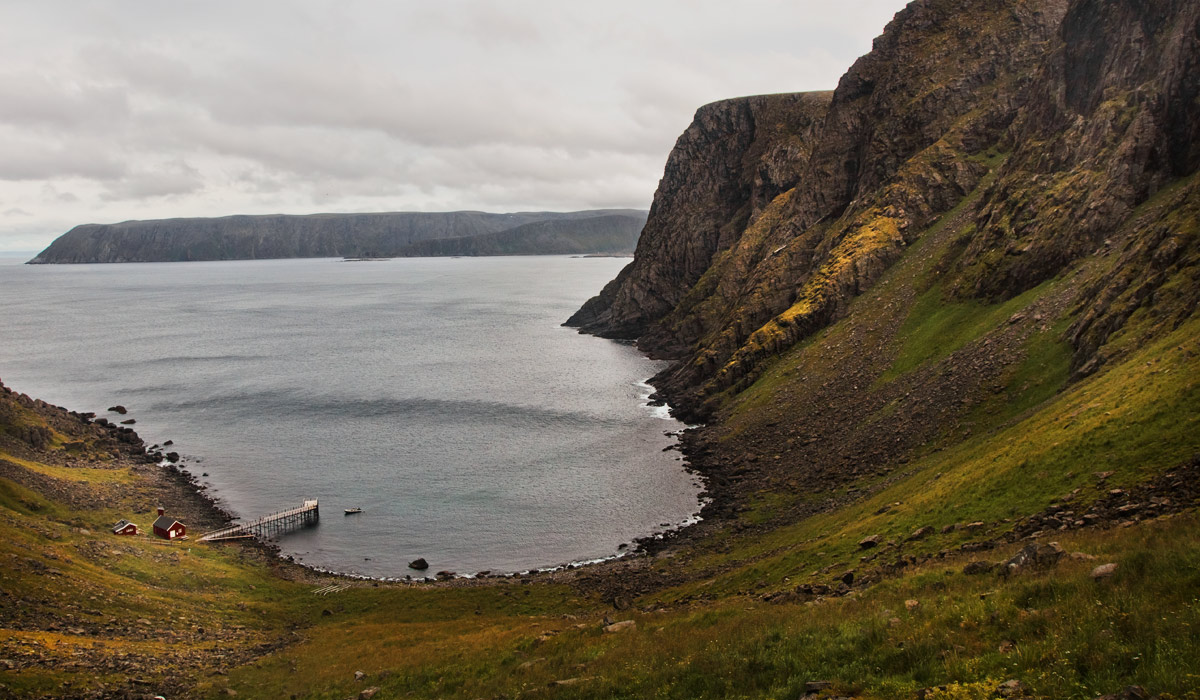
Finnmark
Norway’s largest but least populated county offers stunning scenery and rugged coastline as well as Norway’s longest season of the midnight sun and polar night.
North Cape
A towering cliff that rises 1,007 feet above the Barents Sea, the North Cape is Europe’s northernmost point at 71.1725° N. Located about 30 minutes north of Honningsvåg, the North Cape is a popular destination and offers incredible views of the rugged coastline and is an excellent spot to enjoy the midnight sun during the summer months.
Skarsvåg
Located just under 9 miles south of the North Cape is Skarsvåg, the world’s northernmost fishing village with about 60 inhabitants. Surrounded by a beautiful rolling landscape, several boats fill the small harbor, and it’s an excellent point of departure for tours out to sea.
Alta
Finnmark’s biggest city with about 20,000 residents, Alta offers lots to see and do and prides itself on being one of the best locations to see the Northern Lights. Ancient rock art dating back as far as 6,000 years ago can be photographed along the Alta Fjord. In town, concerts and festivals take place under the midnight sun and the Northern Lights Cathedral draws photographers with its stunning modern architecture.
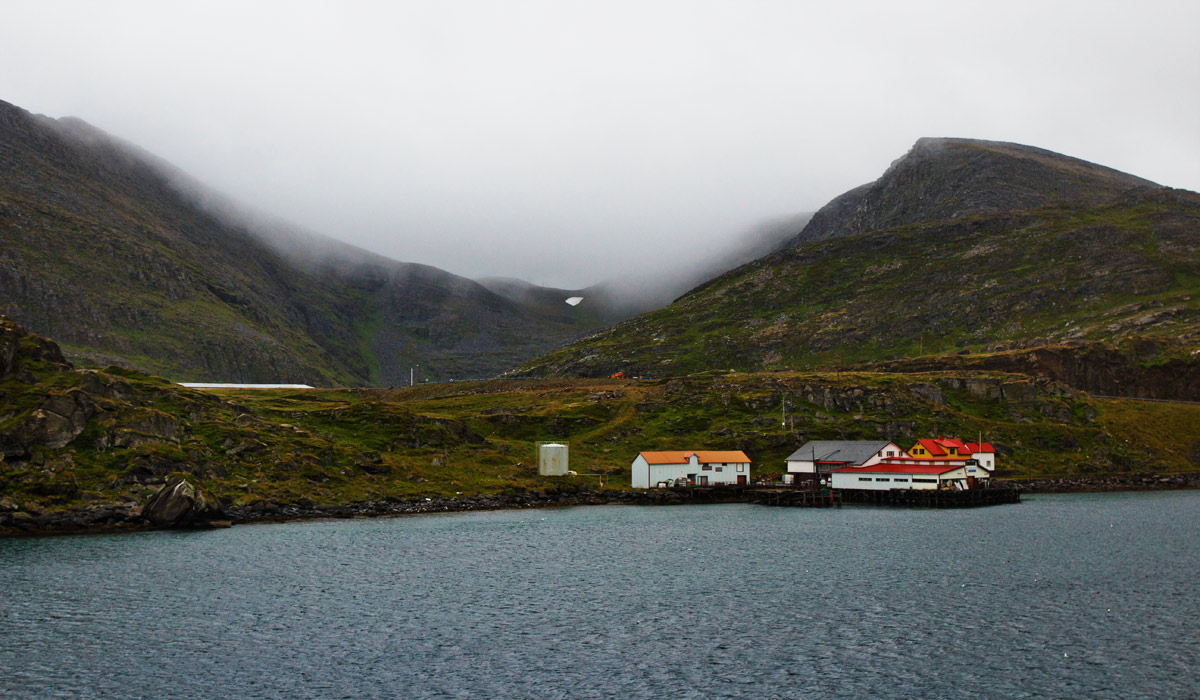
Troms
Located entirely above the Arctic circle, Troms is home to stunning scenery and a thoroughly modern and surprisingly large city — Tromsø.
Far from the main population centers of Europe, the environment of Troms is incredibly clean, with crystal clear waters that can be explored by sea kayak and boat. Several whale watching safaris depart from the coastal towns of Troms, including Tromsø.
Tromsø
Located more than 200 miles above the Arctic Circle, Tromsø has the feel of a true European city, and with its 72,000 residents, vibrant culture, and beautiful modern architecture it is often referred to as the Paris of the North. Not to be missed is a cable car trip up the 1,382 foot Mount Storsteinen, which provides stunning views for photographers of the Tromsø area and surrounding mountains and fjords.
Reisa National Park
Rich with wildlife, Reisa National Park shelters the picturesque Reisadalen Valley and is home to the beautiful Mollisfossen and Imofossen waterfalls — some of northern Europe’s most beautiful cascades.
Nordland
Nordland is characterized by its rugged coast and mild climate. Thousands of islands lie off its beautiful, fjord-lined coastline dotted with fishing villages, while farms are scattered across its inland landscape.
Seven national parks are found in Nordland county, making this region a haven for outdoor lovers and nature photographers.
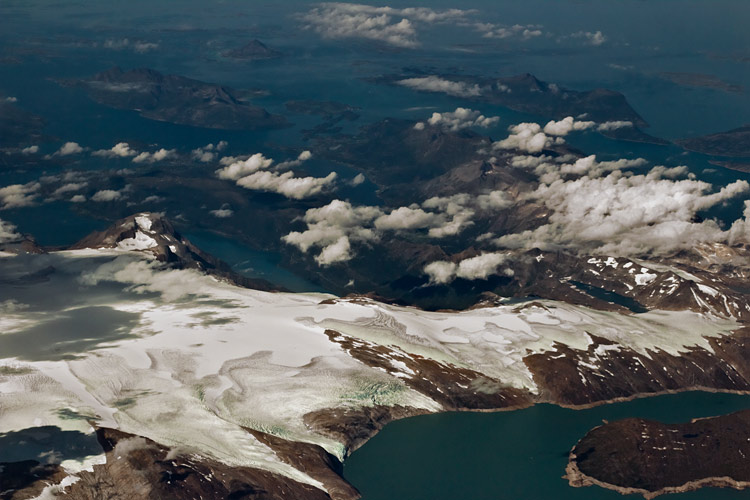
Lofoten
Considered by many to be Norway’s most beautiful region, the Lofoten Islands are striking to behold. Steep mountains climb above meandering fjords that lead to a sea teeming with life.
Vesterålen
To the north of the Lofoten, the islands of Vesterålen in Nordland counties far north, rival the Lofoten in natural beauty. With midnight sun in summer and Northern Lights in winter, Vesterålen is an amazing backdrop to photograph these wonders against.
Saltfjellet–Svartisen National Park
An unspoiled wilderness awaits in Saltfjellet–Svartisen National Park, home of the vast Svartisen glacier. With both alpine mountain peaks and valleys covered with forest, Saltfjellet–Svartisen National Park’s 812 square miles offer a lifetime of exploration and photography possibilities.
What to Bring on your Northern Norway Photography Trip
 Clothing
Clothing
Northern Norway is a land of both varied landscape and varied climate — temperatures can fluctuate greatly and a warm, sunny day can quickly become a cold, overcast day. Even on day hikes during the summer months, layers are the way to go when it comes to dressing for Northern Norway. Cold photographers tend to take fewer photos, so bringing a warm, waterproof jacket is a must.
Photography Equipment
When putting together your list of gear to pack for a trip to Northern Norway, you’ll want to carefully consider what you plan on taking pictures of. If you’re visiting in the darker winter months with plans to photograph the Aurora Borealis, a fast, wide angle lens is going to come in handy, while a long telephoto lens will likely go unused in the dark conditions.
During summer though, when the light abounds, don’t forget a long lens that can help you fill your frame with distant animals like puffins, whales, and reindeer — you may find that the shorter kit lenses like the Canon EF-S 18-55mm IS STM and Nikon 18-55mm f/3.5-5.6G VR II AF-S don’t provide enough zoom.
During the summer months, the long days provide extended hours for photography, making it possible to hike and explore much later than usual. If you’re planning on doing a lot of trekking in search of great photo opportunities, do your best to keep your gear light and avoid bringing unnecessary equipment that you’re unlikely to use.
If you plan to shoot long exposures of the Aurora Borealis or of Northern Norway’s beautiful landscape, you’ll want to bring a tripod — preferably one that’s lightweight, yet sturdy. Our lightweight tripod guide shows you several options under four pounds.
Lightweight mirrorless cameras like the Sony A7II and Olympus OM-D E-M5 Mark II produce outstanding image quality while weighing substantially less than most comparable DSLR cameras. Even some ultra-small advanced compact cameras like the Sony RX100 III, Canon GX7, and Ricoh GR can all capture excellent detail and shoot in RAW.
In any coastal region, but especially along those in the Arctic, weather can change quickly and sunny weather can quickly turn into rain or snow, depending upon the time of year. Weather sealed cameras like the Pentax K3 II DSLR offer some peace of mind when shooting in inclement weather, but no matter what kind of camera you’ve got, you can take some basic steps to protect your equipment.
To protect your camera and lens from the rain a bit better, a cover like the Vortex Media Pro Storm Rain Cover functions like a raincoat for your gear, covering your camera and lens while still allowing you to access the controls and take pictures even when mounted on a tripod or monopod. You can learn even more tips for a rainy day in our guide to photography in wet conditions.

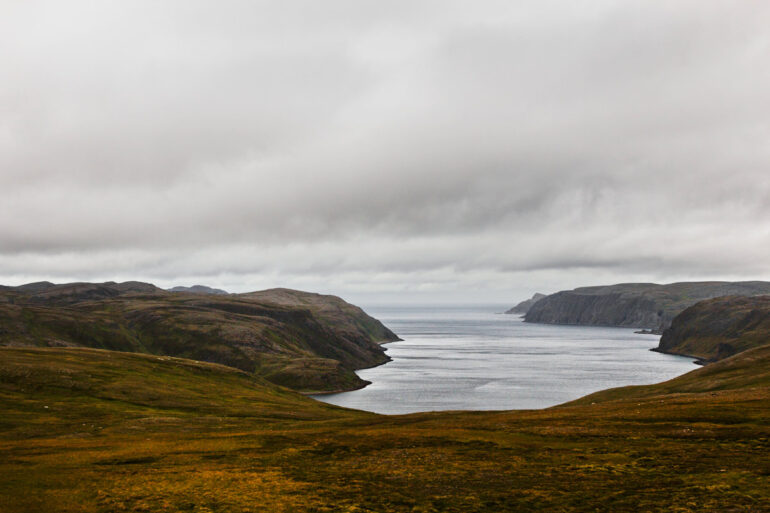
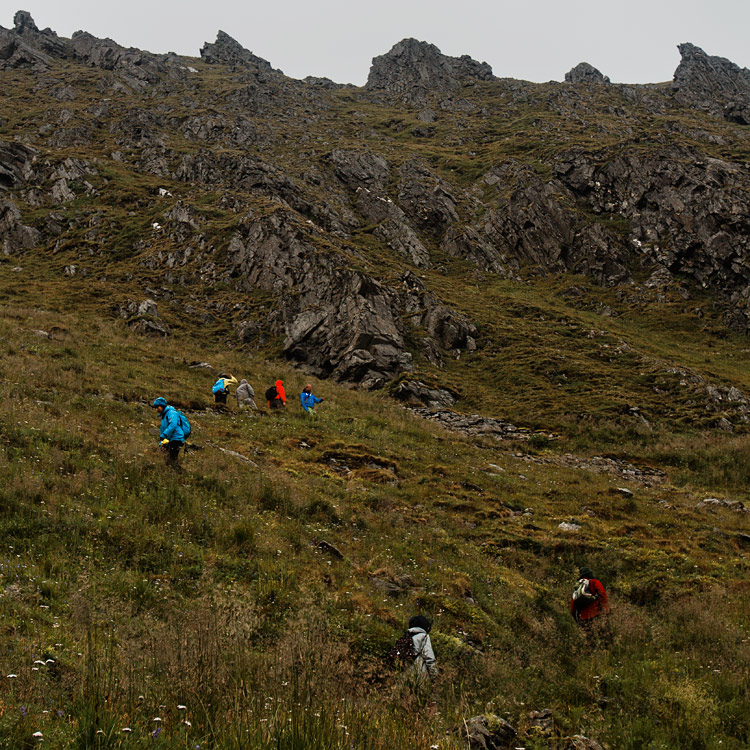 Clothing
Clothing